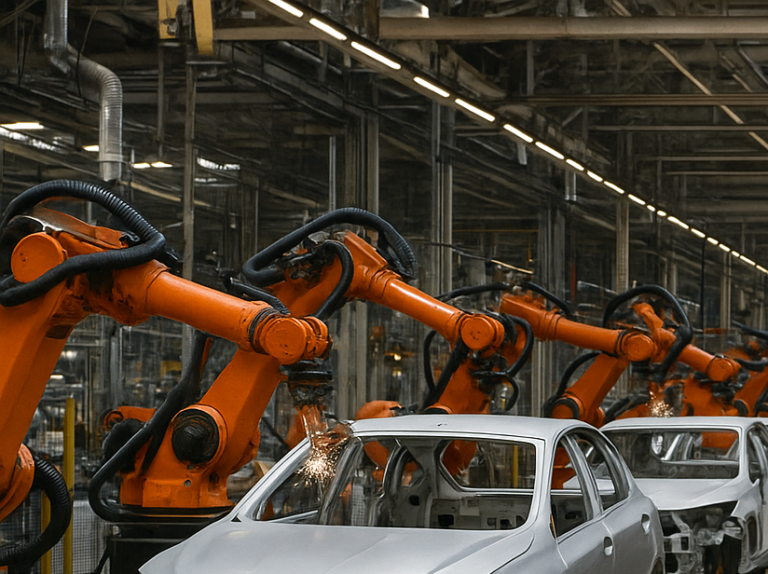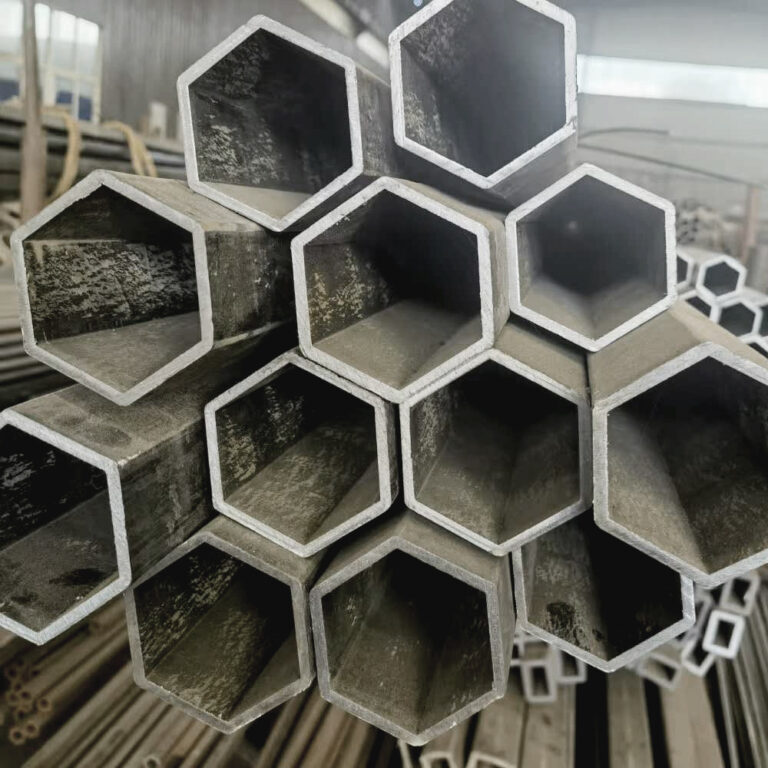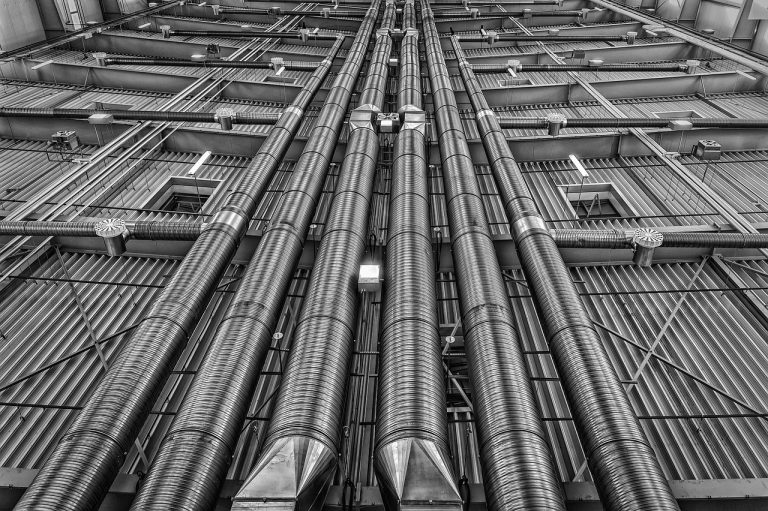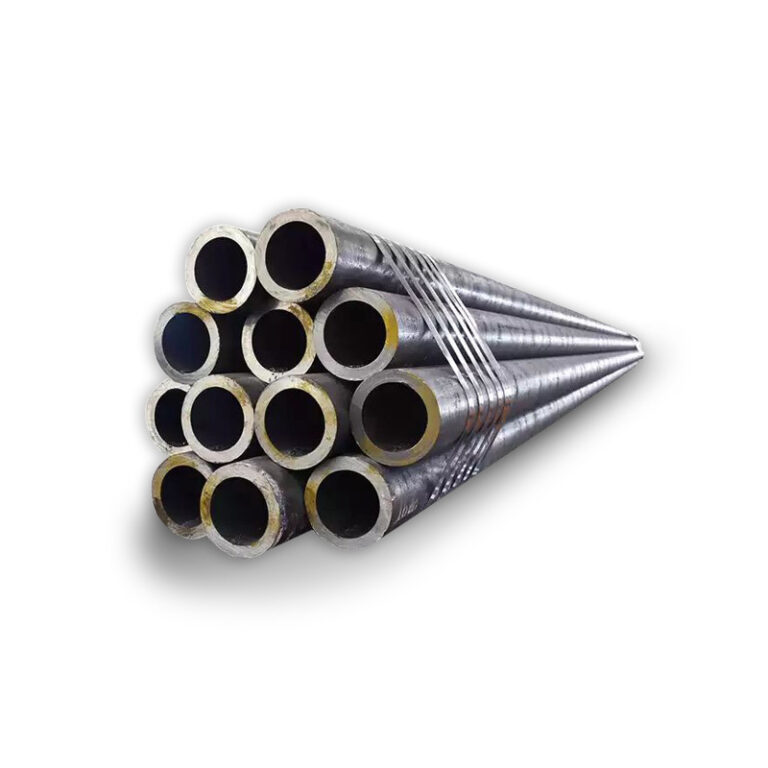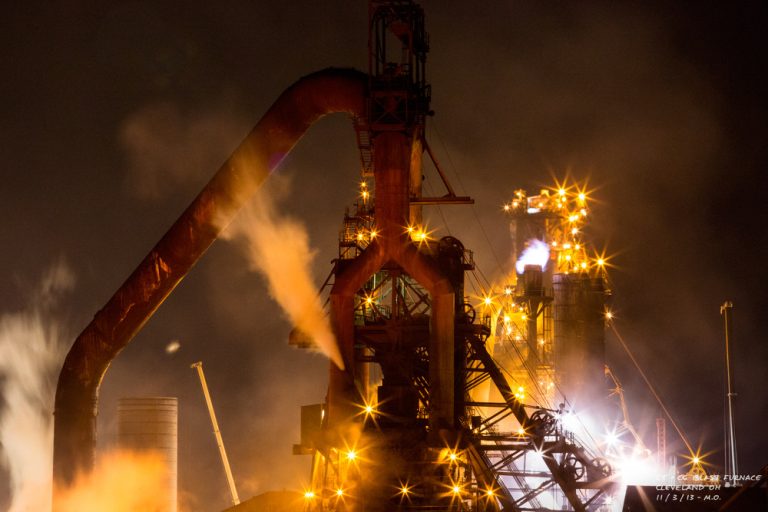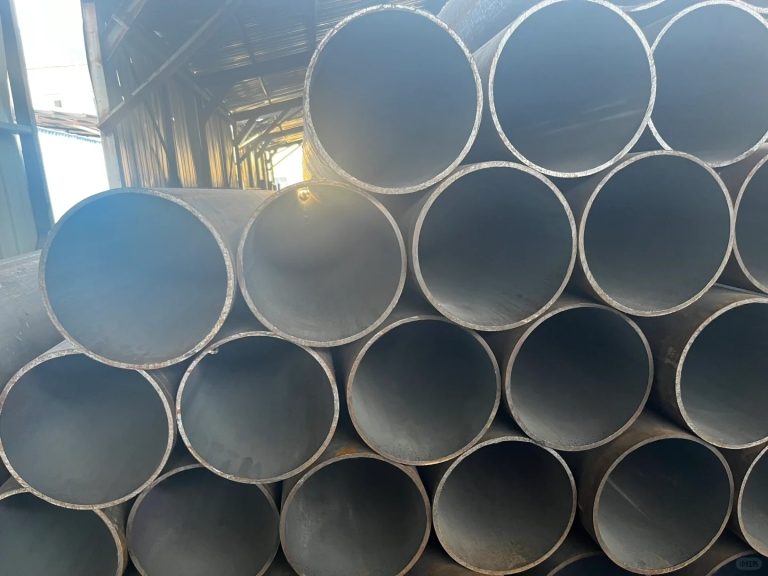Seamless Steel Pipe Supplier from China

Transformation and upgrading of steel logistics: a new driving force for industrial restructuring
Steel logistics plays a key role in connecting production and consumption in the steel industry. Its transformation and upgrading supports the structural adjustment of the steel industry in the following aspects:
Optimize resource allocation
Precise supply and demand matching: Through technologies such as big data and artificial intelligence, steel logistics companies can more accurately grasp the production capacity, output and demand information of steel production companies in different regions and different customers. This can achieve accurate matching of steel products with customer needs, reduce inventory backlogs and resource waste, enable steel resources to flow more efficiently to where they are most needed, and improve the resource utilization efficiency of the entire industry.
Integrate logistics resources: The transformation and upgrading of steel logistics helps to integrate the scattered logistics resources in the industry, including transportation vehicles, warehouses, docks, etc. By optimizing the layout of the logistics network and rationally planning transportation routes and storage locations, logistics costs can be reduced and logistics operation efficiency can be improved. For example, some large steel logistics companies have established regional logistics centers to connect surrounding steel production companies and customers, realizing the sharing and optimal allocation of logistics resources.
Improve operational efficiency
Information management: With the help of information technologies such as the Internet of Things and cloud computing, steel logistics companies can achieve real-time monitoring and management of the entire logistics process. From the factory, transportation to the delivery of steel products to customers, every link can be tracked and dispatched through the information system, so as to timely discover and solve problems in the logistics process and improve the transparency and controllability of logistics operations. For example, by installing sensors and GPS positioning equipment on transport vehicles and goods, logistics companies can grasp the location and transportation status of goods in real time, arrange loading and unloading and distribution in advance, and reduce waiting time and transportation delays.
Intelligent warehousing: The use of intelligent warehousing equipment and management systems, such as automated stereoscopic warehouses and smart shelves, can improve the space utilization rate of warehousing and the safety of goods storage. At the same time, the warehousing management system can automate the entry and exit of goods, realize fast and accurate inventory counting and goods retrieval, and improve the efficiency of warehousing operations. This helps steel production enterprises and traders to better manage inventory, reduce inventory costs, and improve capital turnover.
Promote industrial collaboration
Strengthen upstream and downstream cooperation: The transformation and upgrading of steel logistics can promote close cooperation between upstream and downstream enterprises in the steel industry. Logistics companies can serve as bridges and ties to connect steel production enterprises, raw material suppliers, processing enterprises and end customers to form an organic industrial supply chain. By sharing information, coordinating plans and optimizing logistics processes, seamless connection of all links in the industrial chain can be achieved, and the collaborative efficiency and competitiveness of the entire industry can be improved. For example, logistics companies can arrange the transportation and distribution of raw materials in advance according to the production plan of steel production enterprises to ensure the smooth progress of production; at the same time, according to the needs of end customers, timely organize the processing and distribution of steel products to meet the personalized needs of customers.
Promote the integration of industry and finance: In the process of transformation and upgrading of steel logistics, logistics companies can cooperate with financial institutions to carry out supply chain financial services. Through the analysis and monitoring of logistics data, financial services such as financing, settlement, and insurance are provided to enterprises in the steel industry chain to solve the capital bottleneck problem of enterprises and promote the development of the industry. For example, based on the cargo information and transaction data in the logistics process, financial institutions can provide warehouse receipt pledge financing services for steel traders to help enterprises alleviate capital pressure and expand business scale.
Help green development
Optimize transportation methods: The transformation and upgrading of steel logistics encourages the use of more environmentally friendly transportation methods, such as railways and water transportation, to reduce the proportion of road transportation. Railway and water transportation have the advantages of large transportation volume, low energy consumption and low pollution, which can effectively reduce carbon emissions in the process of steel logistics. At the same time, promote new energy transportation tools such as electric vehicles and hybrid vehicles to further reduce exhaust emissions and achieve green transportation.
Packaging recycling: In steel logistics, promote recyclable packaging materials, such as plastic pallets, steel turnover boxes, etc., to reduce the use of disposable packaging materials. By establishing a recycling and recycling system for packaging materials, the generation of packaging waste can be reduced and sustainable use of resources can be achieved. This not only helps to reduce the packaging costs of steel companies, but also reduces pollution to the environment.


